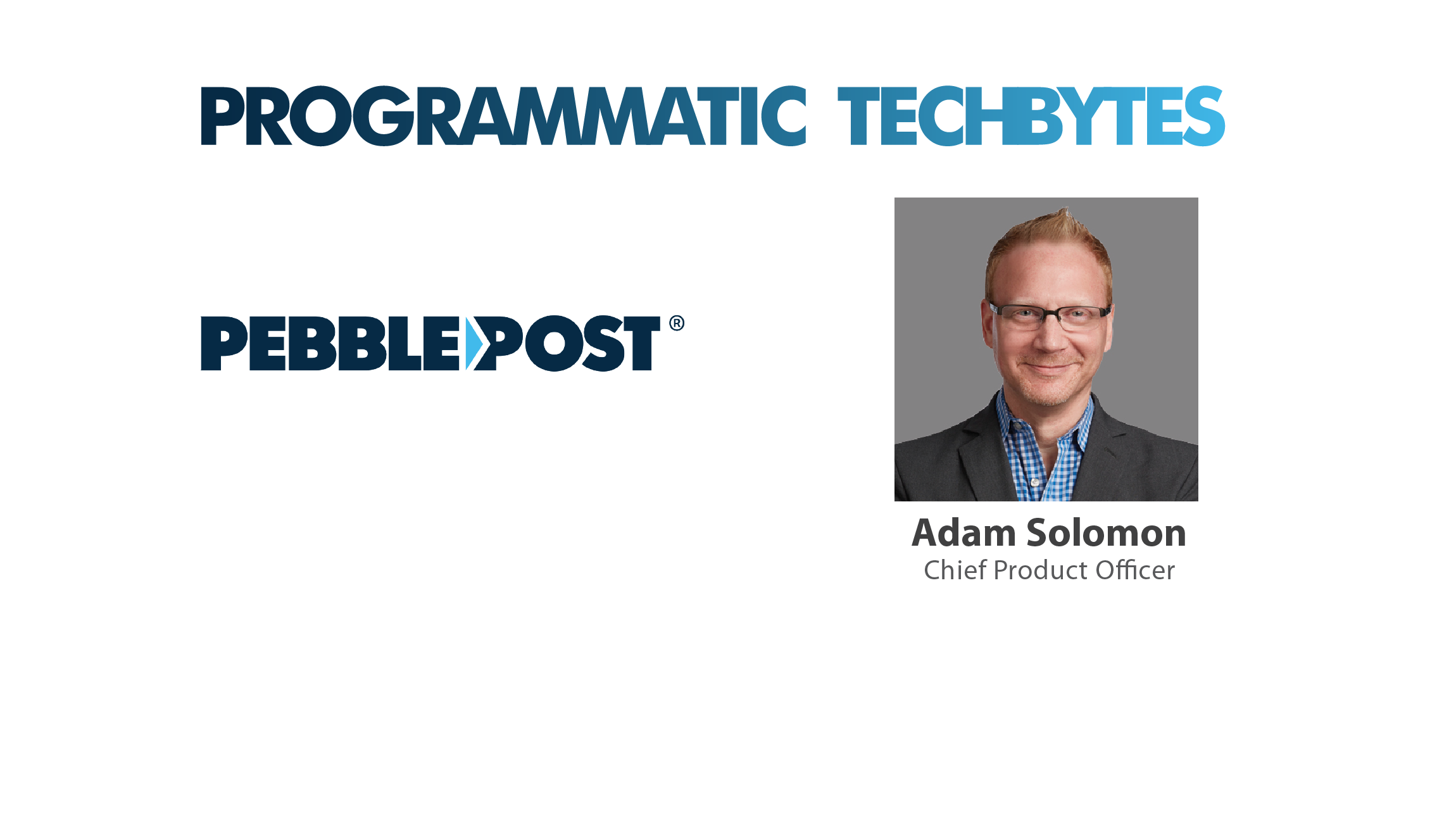 This is likely to be an active fall for privacy issues, with California’s legislature considering a law that would dramatically disrupt digital advertising by changing how companies can collect information, the U.S. House Energy and Commerce Committee holding a hearing, and the European Union advancing the controversial implementation of broad new regulations.
This is likely to be an active fall for privacy issues, with California’s legislature considering a law that would dramatically disrupt digital advertising by changing how companies can collect information, the U.S. House Energy and Commerce Committee holding a hearing, and the European Union advancing the controversial implementation of broad new regulations.
The Digital Advertising Alliance (DAA) has always welcomed an open dialogue with policymakers around the best way to create a positive digital advertising experience for consumers while protecting the free ad-supported content and services they love. We believe the robust self-regulatory regime built by our industry provides the best model for addressing these important issues. Recent survey results validate our industry’s progress in gaining consumer trust through this model as well.
The DAA’s YourAdChoices program was launched seven years ago by a coalition of leading advertising trade associations as a cross-industry initiative to give consumers more information and control over the types of digital advertising they receive.
As the policy foundation for that program, the DAA worked with the U.S. Federal Trade Commission (FTC), other agencies, Congress, and industry leaders to develop a set of rigorous self-regulatory Principles to govern the collection and use of data for interest based advertising. Compliance with the DAA Principles is independently enforced by the Council of Better Business Bureaus (CBBB) and the Data and Marketing Association (DMA), which have undertaken and released more than 80 publicly announced enforcement actions.
On the consumer side, the DAA created the AdChoices icon as the visual centerpiece of the program, providing a consistent real-time visual cue and an interactive gateway for consumer choice directly from the ads themselves. This is notice outside of the privacy policy, in prime real estate. That icon is now served at a rate of a trillion times a month worldwide, and it can be found nearly everywhere that interest-based advertising appears, including desktop and mobile websites, mobile apps, social media, and digital videos.
While the wheels of government policy often turn slowly, making it difficult for legislation or regulation to quickly adapt to rapidly changing technologies and business models, the DAA’s policy program has been able to move quickly, offering updated guidance to companies in emerging areas like multi-site data, the mobile environment, and cross-device data.
In a recent report on cross-device advertising, the FTC commended the DAA for its work to adapt and extend the AdChoices regime. As the report said, “Their work has improved the level of consumer protection in the marketplace.”
While policymakers and industry have expressed their support, the DAA wanted to learn more about consumer impressions of the icon, so it recently conducted a survey of 1,000 U.S. adults. (The survey was conducted via SurveyMonkey in late May and early June.)
That survey showed that large majorities of consumers find our industry’s ubiquitous AdChoices icon useful and say it increases their trust in advertisers and the sites and apps on which they appear. As technology and business models continue to rapidly evolve, respondents also said extending use of the icon would increase their trust in emerging digital platforms.
According to the survey:
- Nearly three-quarters of respondents (73 percent) said the kind of information and control provided by the AdChoices icon is very or somewhat useful.
- A similar large majority (75 percent) said that seeing the AdChoices icon in an online or mobile ad would increase their trust in that advertiser;
- Four out of five respondents (79 percent) said they would be more likely to use a website that clearly displayed the AdChoices icon; and
- The same large majority of respondents (80 percent) said the AdChoices icon would increase their trust in emerging digital platforms like Web-connected devices, advanced TV, and digital billboards.
The results of that survey are good news not only for advertisers but also for consumers themselves, as the benefits of the ad-supported digital medium are widely recognized by the people who use it.
In another DAA-commissioned study released last year, consumers assigned a value of nearly $1,200 per year to the free ad-supported services and content available to them on computers and mobile devices. Not surprisingly, the overwhelming majority of those consumers (85 percent) said they would prefer to finance those services via advertising through the current model than pay out of pocket for them.
Given that near-universal support for the current ad-supported model, consumers have given our industry a green light to continue to innovate and create new value, so long as we provide them with the information and tools necessary to make informed and meaningful choices about their online experience.
As we move into a more active phase of discussion around these issues with policymakers around the world, our industry must continue to focus on the proven solutions that work.
The DAA’s YourAdChoices program has successfully established a ubiquitous and simple consumer control mechanism that allows the industry to adapt and grow, so it can continue to provide the spectrum of ad-supported content and services used by consumers every day. It has gained the trust of consumers and policymakers, and we hope to continue to build on that success as we address the challenges and changes of our rapidly evolving medium.











